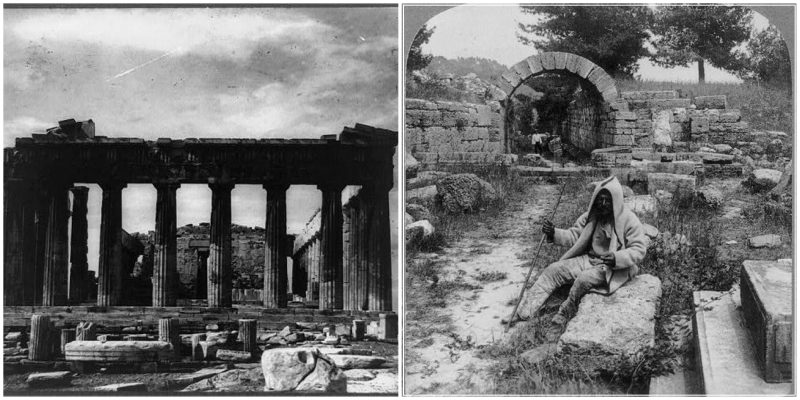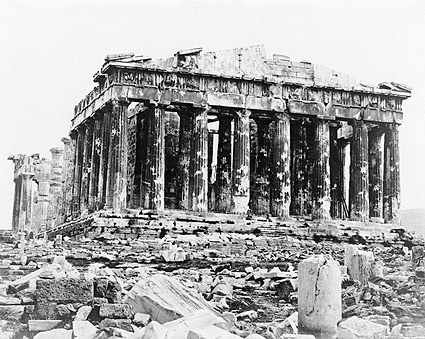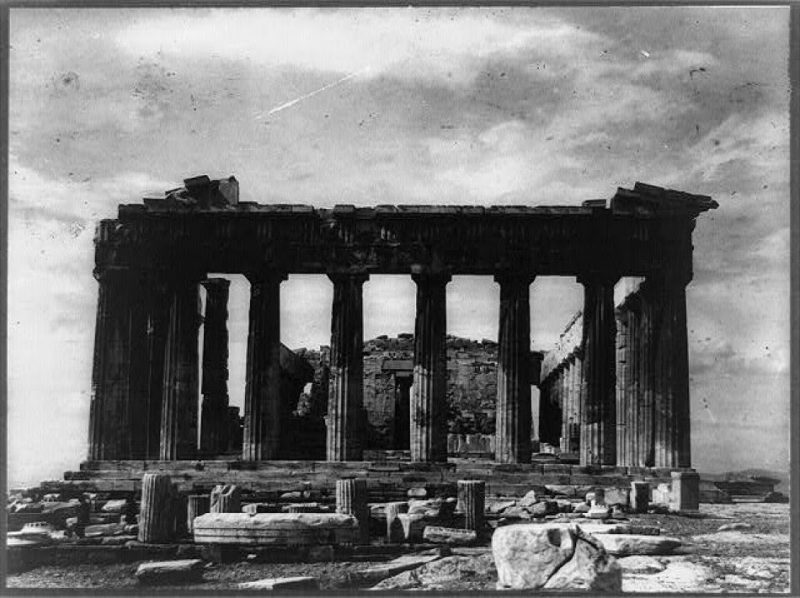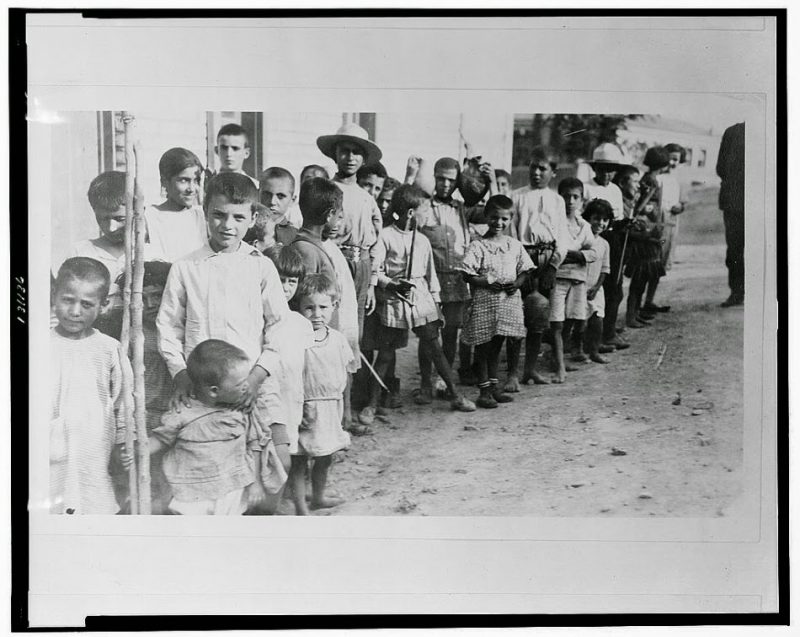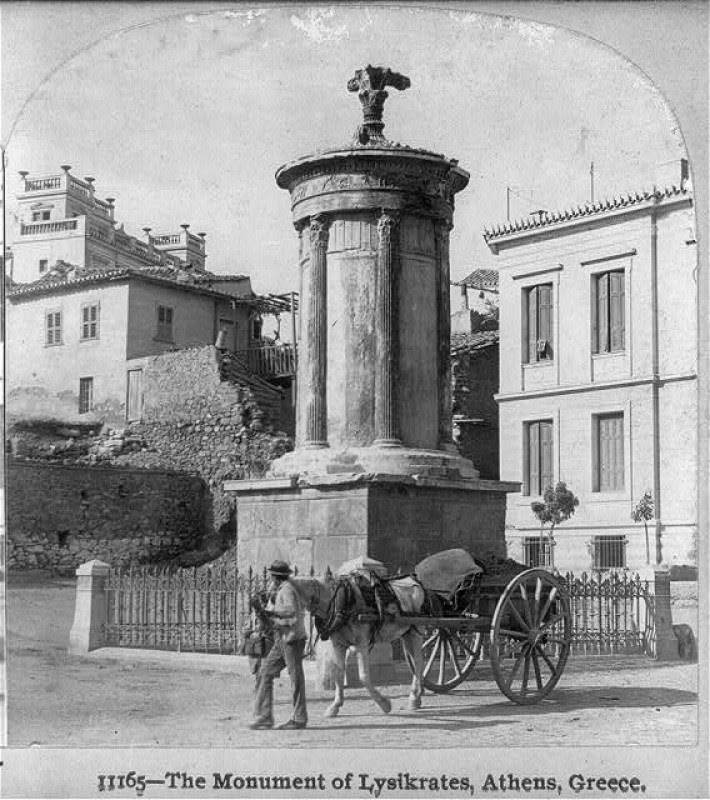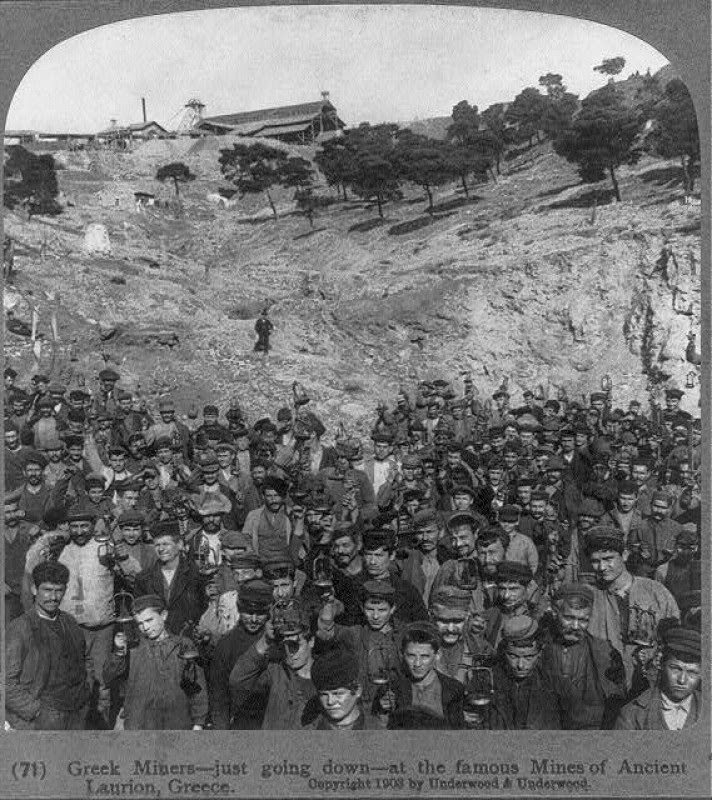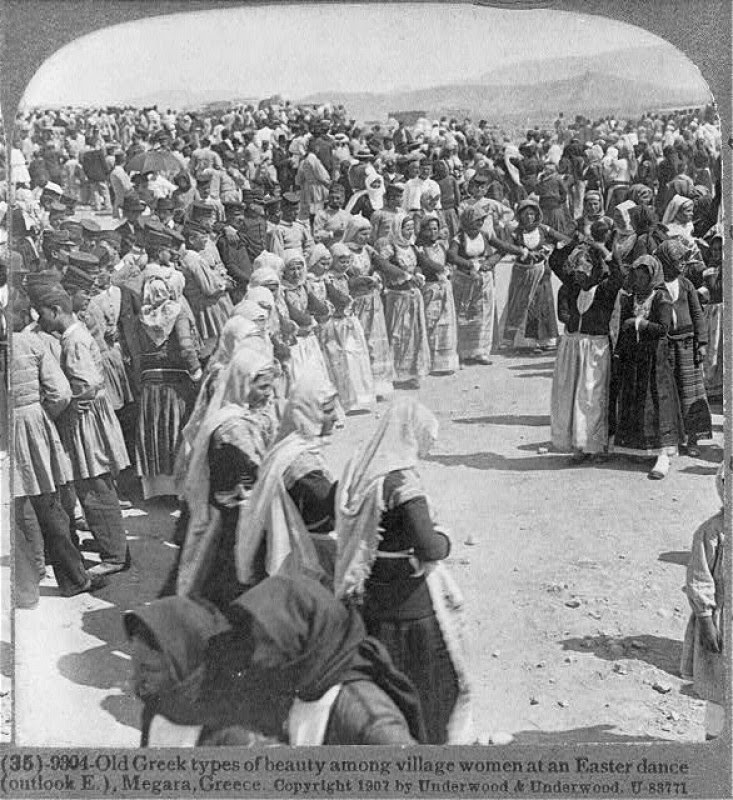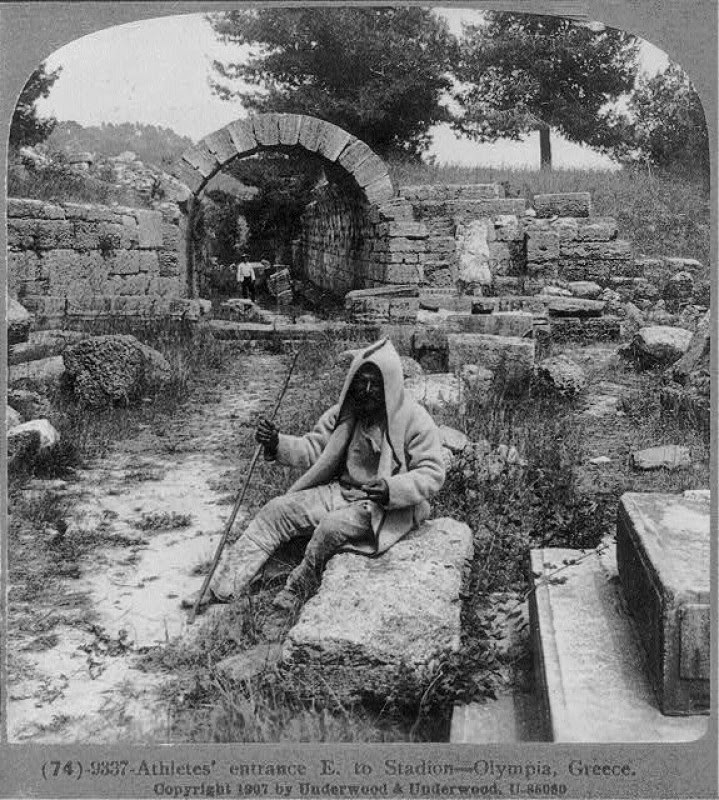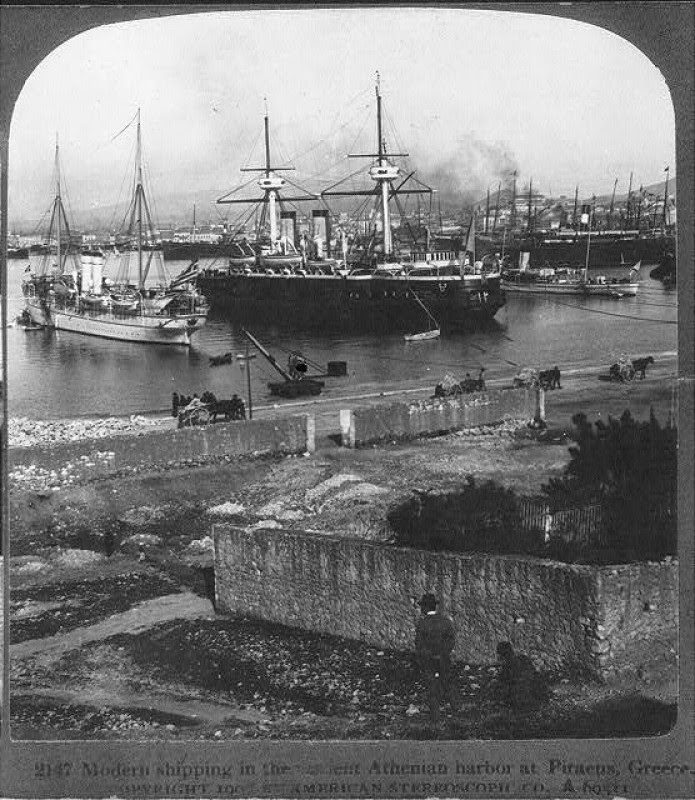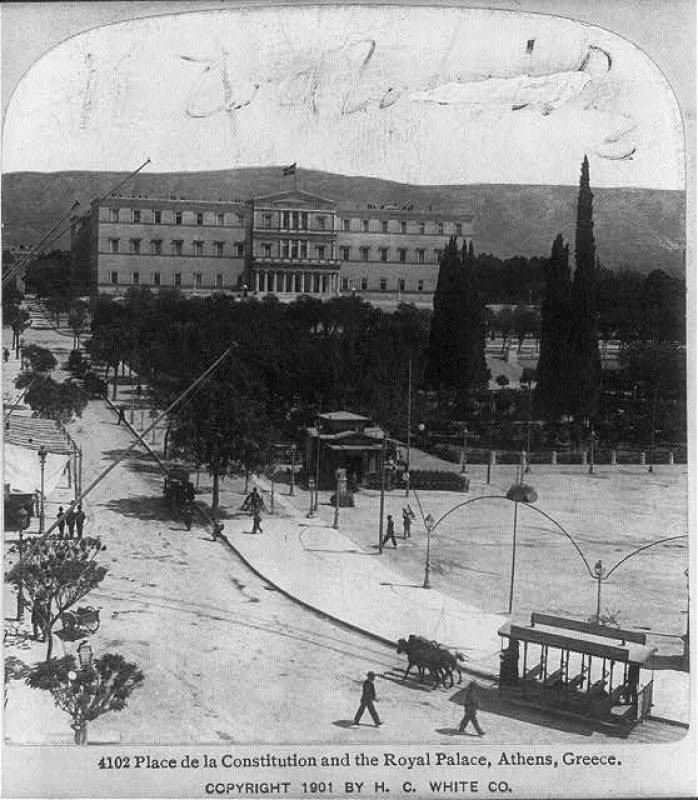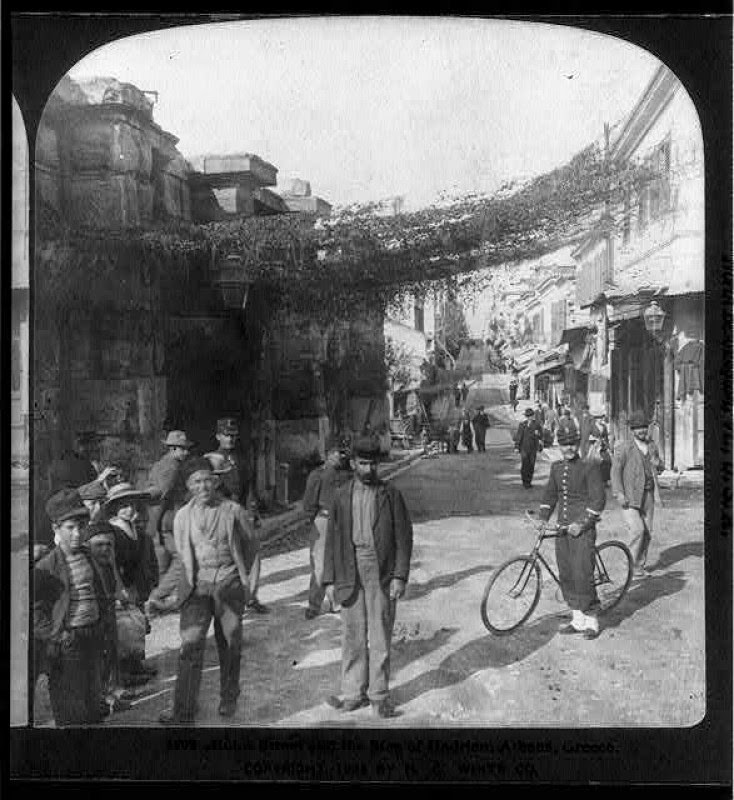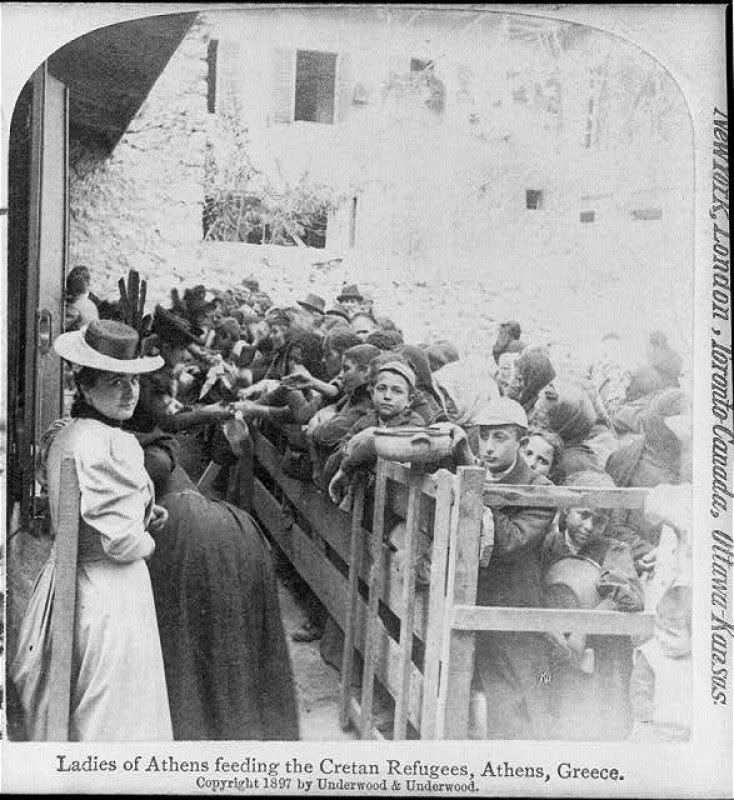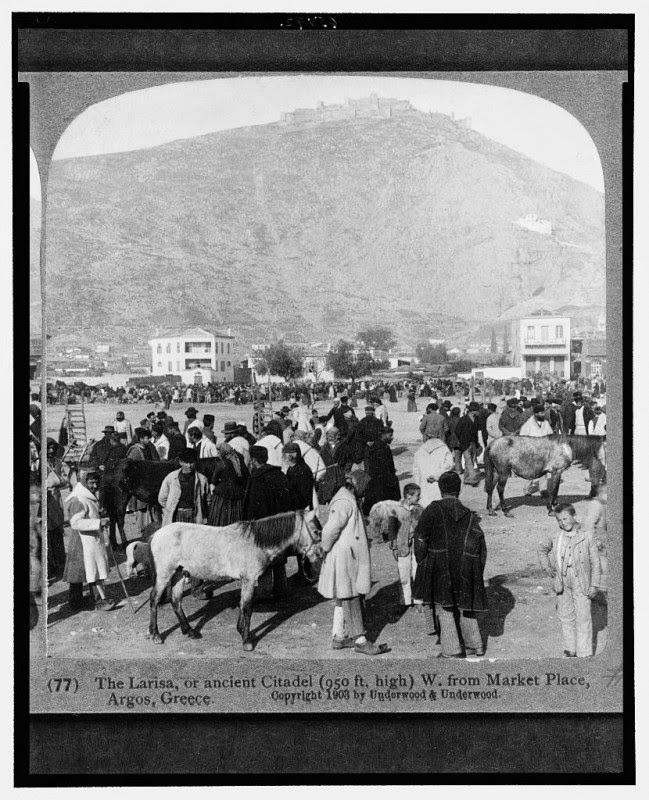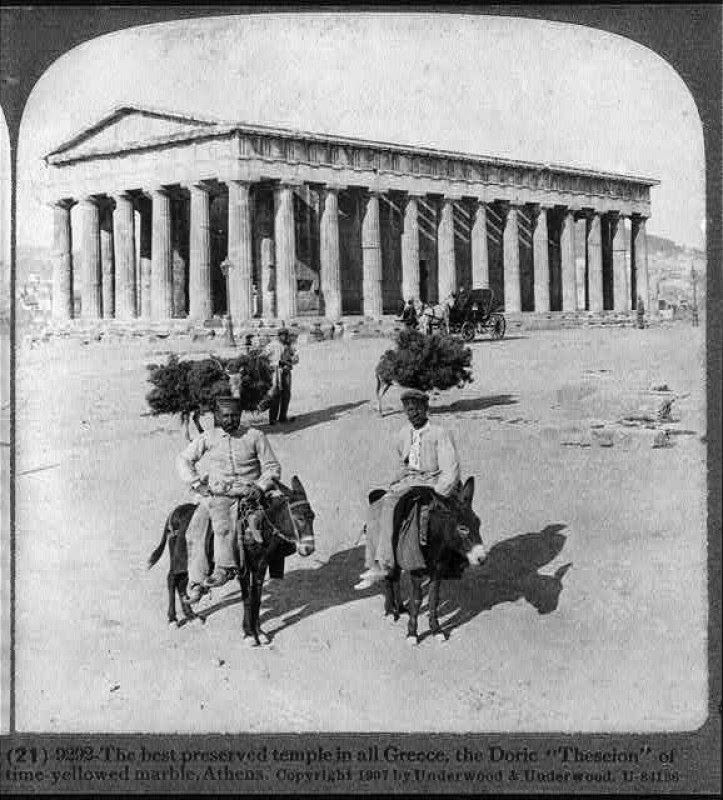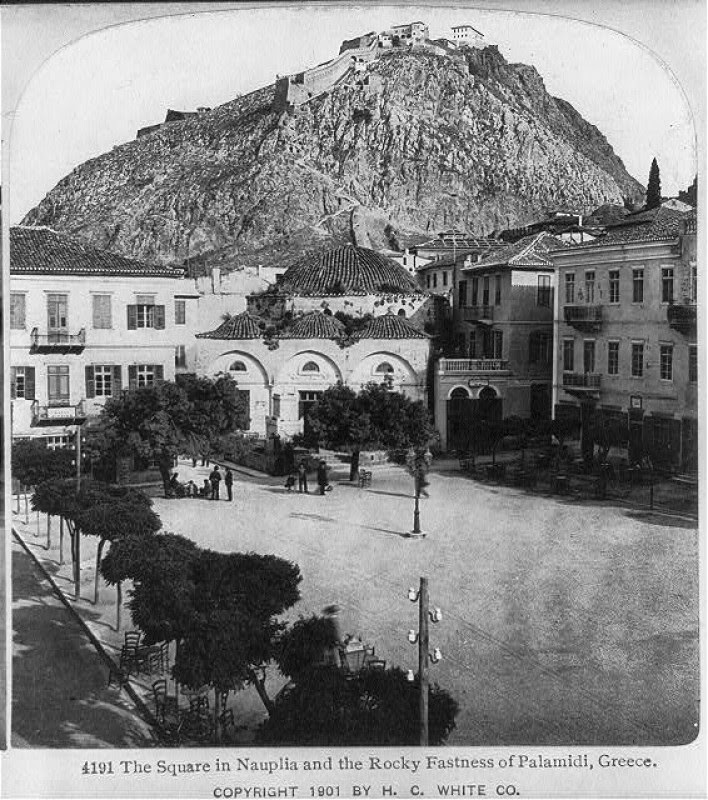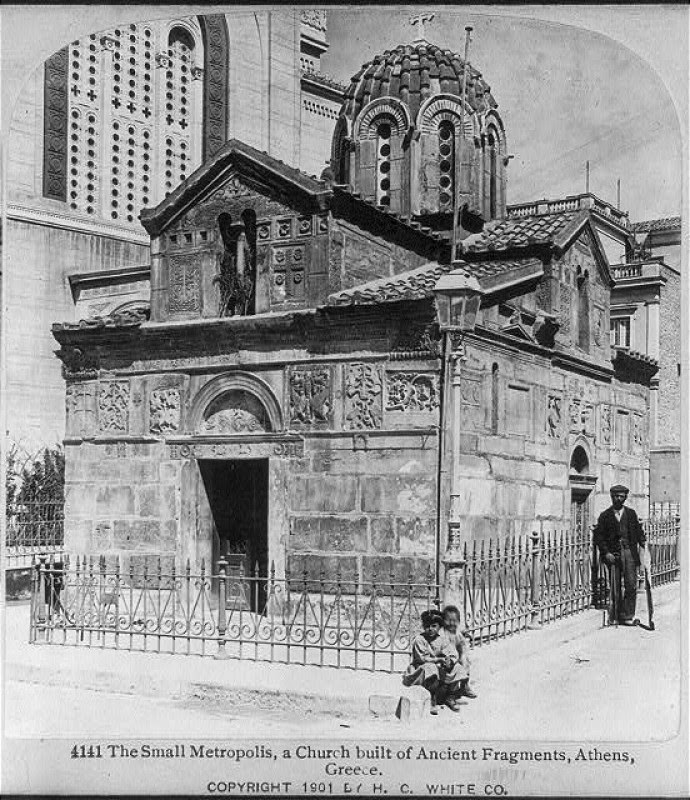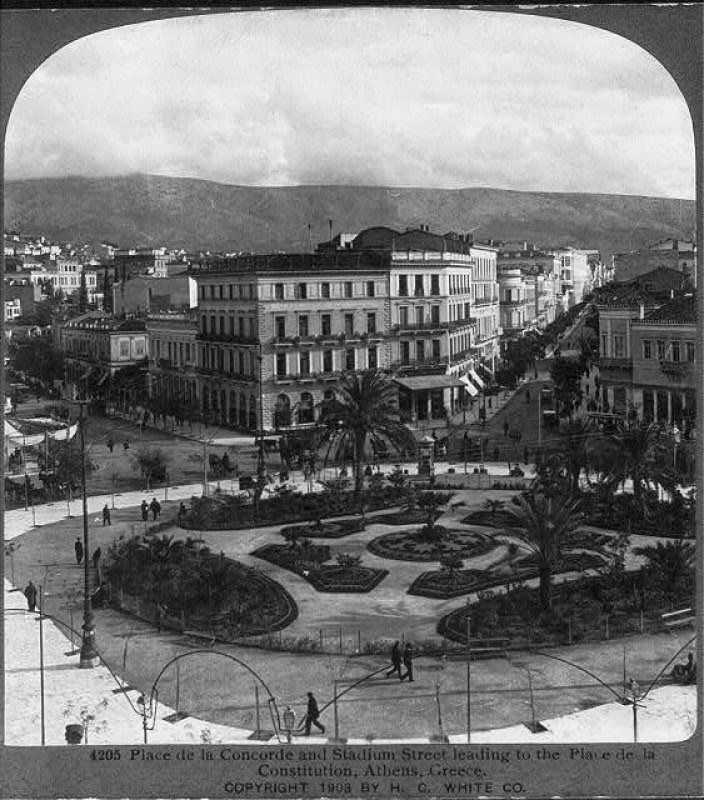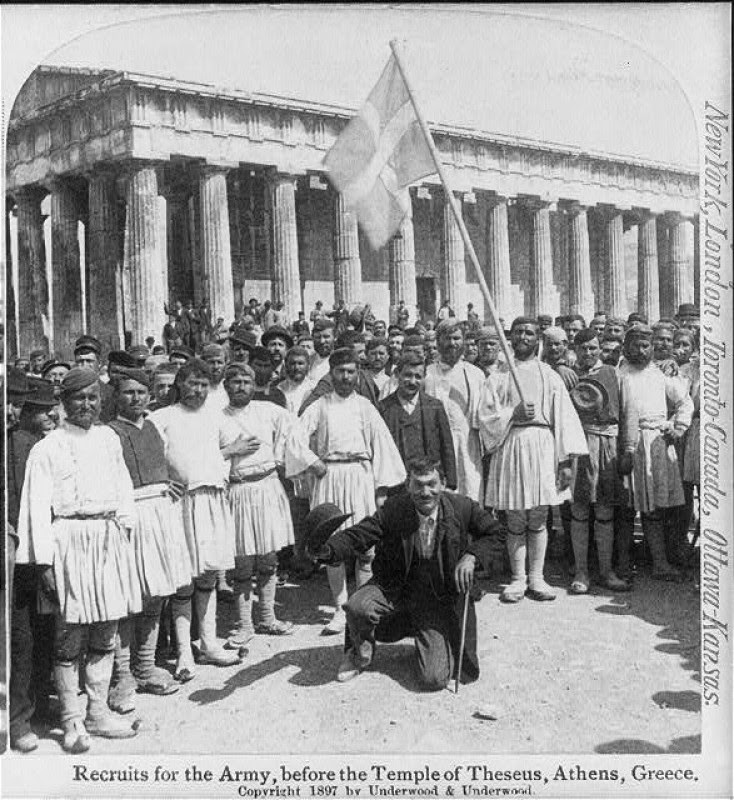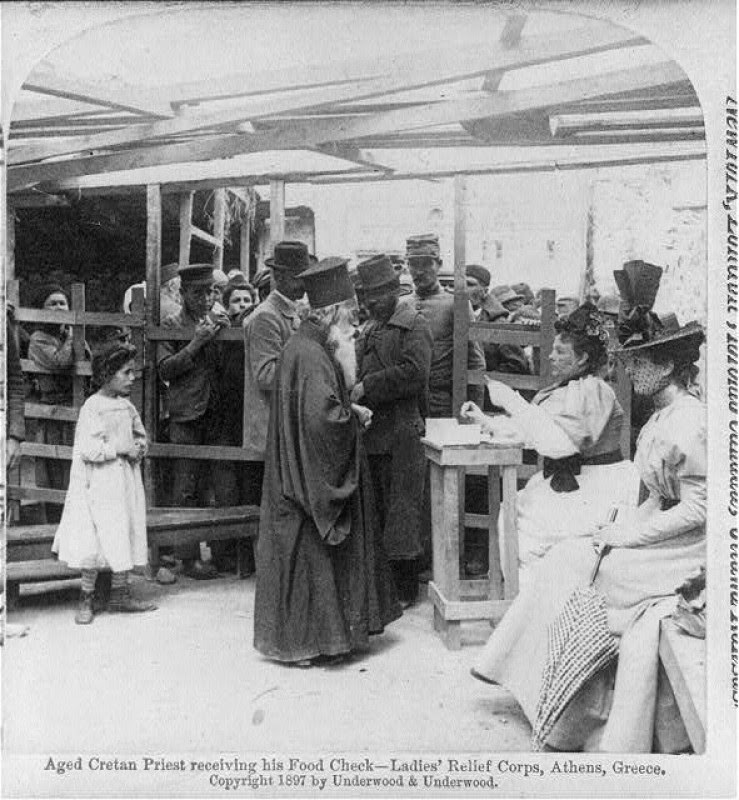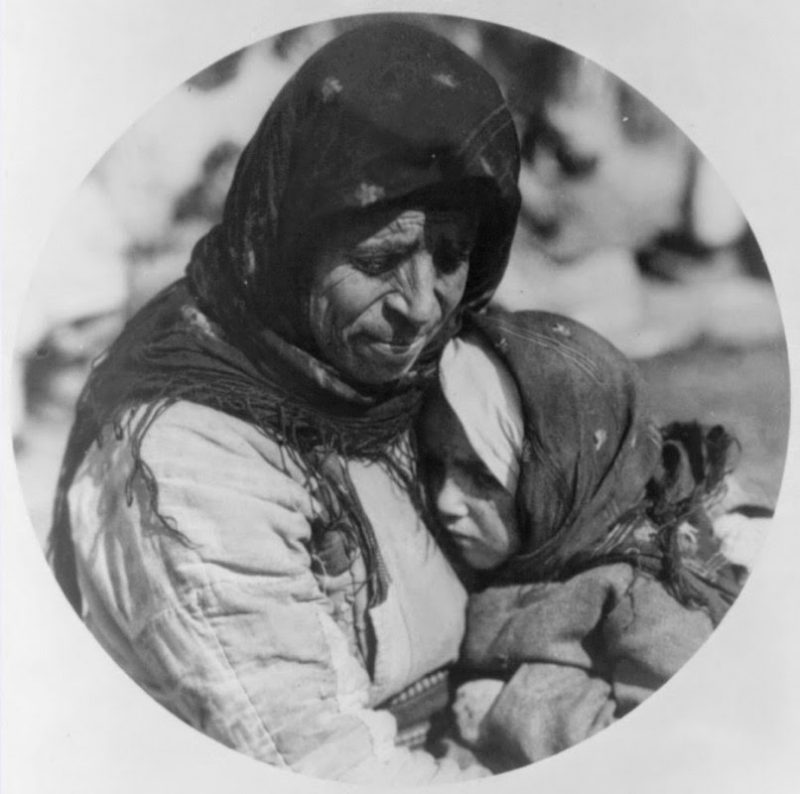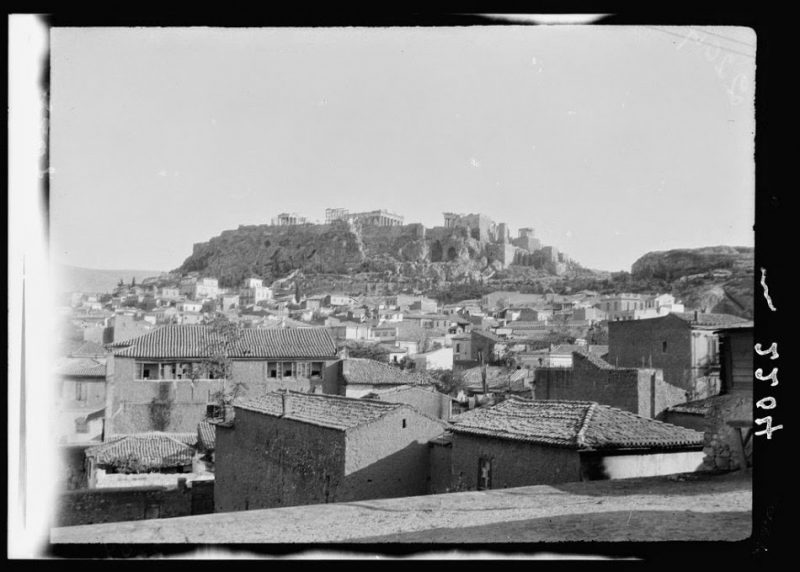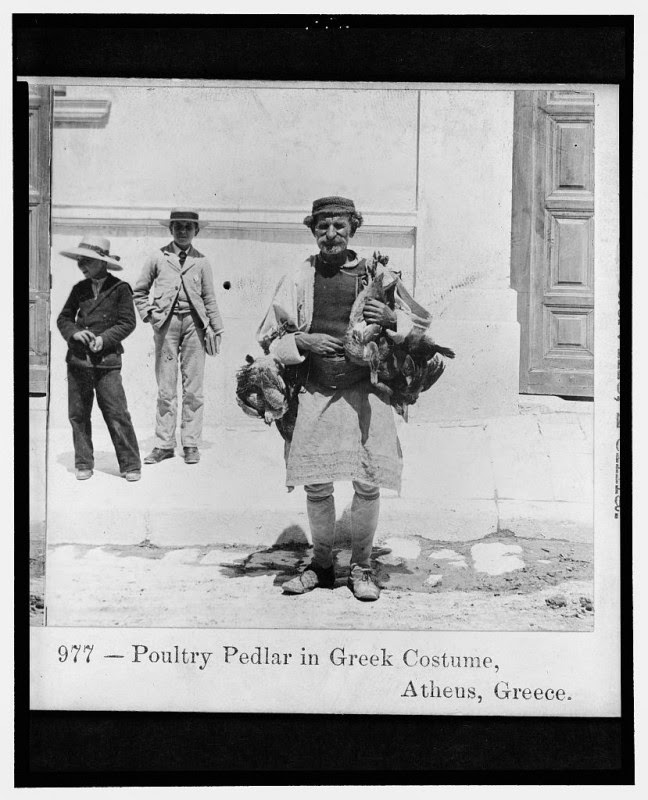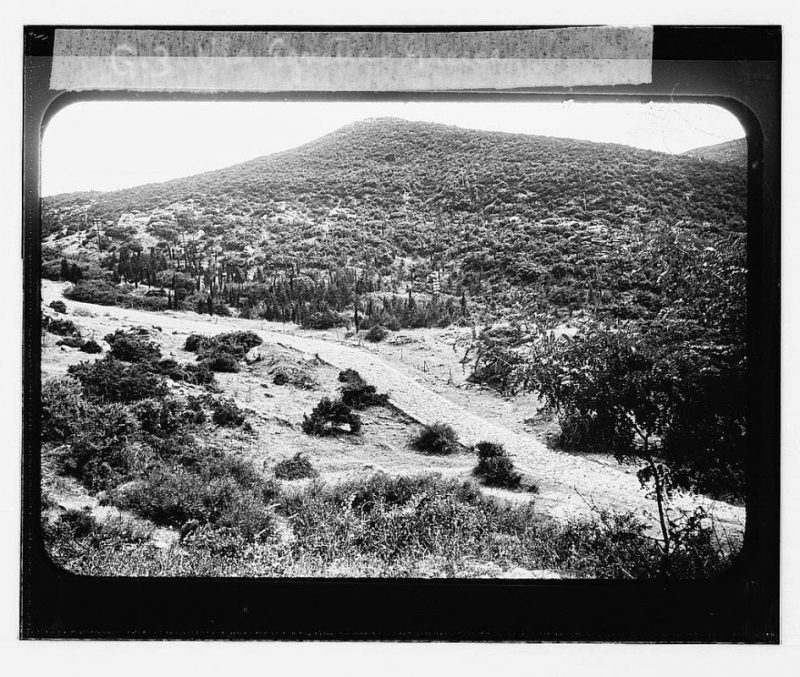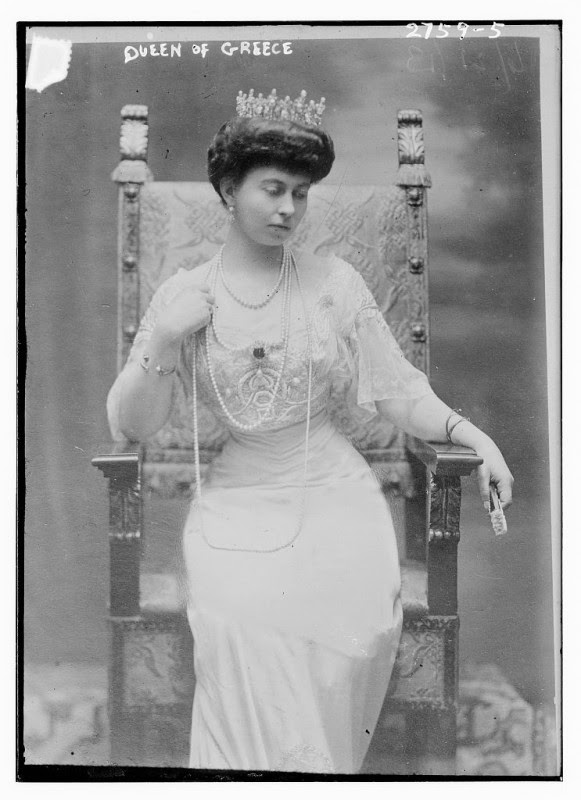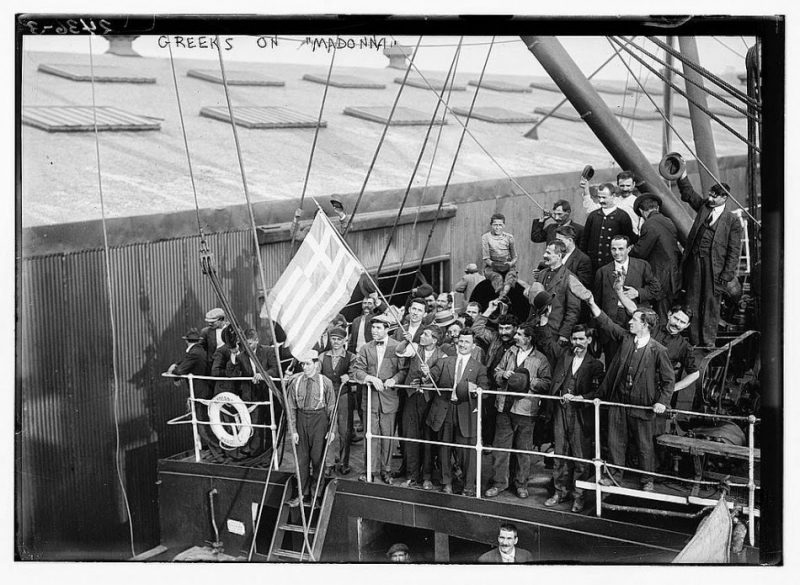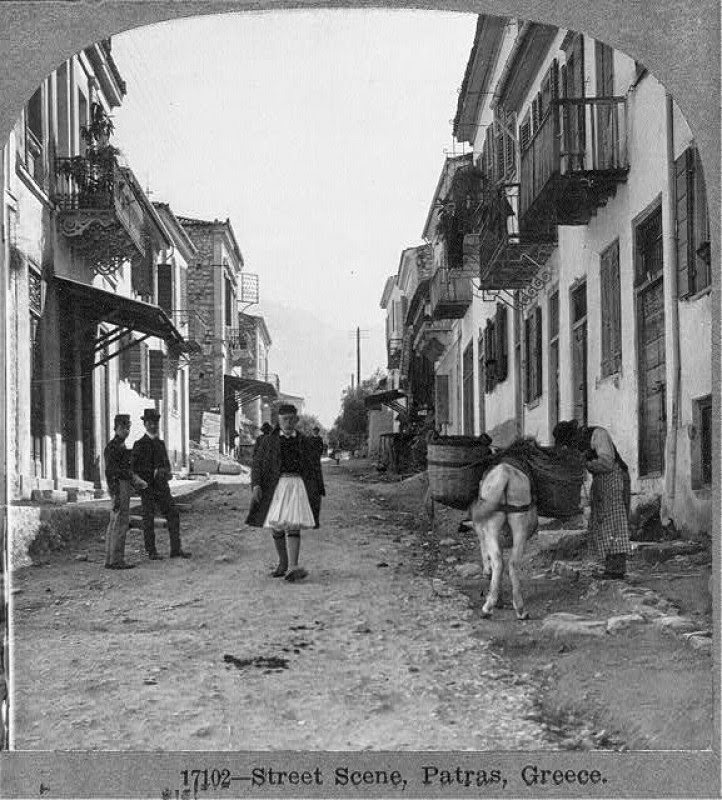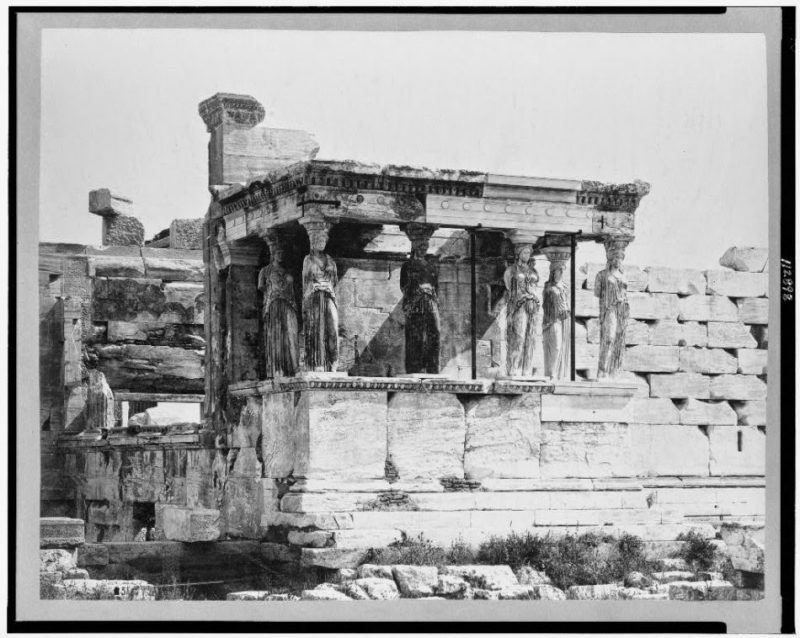The history of Greece encompasses the history of the territory of the modern state of Greece, as well as that of the Greek people and the areas they ruled historically. The scope of Greek habitation and rule has varied much through the ages, and, as a result, the history of Greece is similarly elastic in what it includes. Each era has its own related sphere of interest.
The first (proto-) Greek-speaking tribes, are generally thought to have arrived in the Greek mainland between the late 3rd and the first half of the 2nd millennium BC – probably between 1900 and 1600 BC. When the Mycenaeans invaded, the area was inhabited by various non-Greek-speaking, indigenous pre-Greek people, who practiced agriculture as they had done since the 7th millennium BC.
At its geographical peak, Greek civilization spread from Greece to Egypt and to the Hindu Kush mountains in Afghanistan. Since then, Greek minorities have remained in former Greek territories or other territories colonised by Greeks (e.g., Turkey, Albania, Italy, and Libya, Levant, Armenia, Georgia, etc.), and Greek emigrants have assimilated into differing societies across the globe (e.g., North America, Australia, Northern Europe, South Africa, etc.). Today most Greeks live in the modern state of Greece (independent since 1832) and Cyprus.
Take a look at this beautiful collection of ancient photos depicting the magnificent Greece from 1910.
In the late 19th century the population grew rapidly, putting heavy pressure on the system of small farms with low productivity. Overall the density of population more than doubled from 41 persons per square mile in 1829 to 114 in 1912 (16 to 44 per km2). One response was emigration to the United States, with a quarter million people leaving between 1906 and 1914. Entrepreneurs found numerous business opportunities in the retail and restaurant sectors of American cities; some sent money back to their families, others returned with enough dollars to purchase a farm or a small business in the old village. The urban population proportion tripled from 8% in 1853 to 24% in 1907. Athens grew from a village of 6000 people in 1834, when it became the capital, to 63,000 in 1879, 111,000 in 1896, and 167,000 in 1907.
In Athens and other cities men arriving from rural areas set up workshops and stores, creating a middle class. They joined with bankers, professional men, university students, and military officers, to demand reform and modernization of the political and economic system. Athens became the center of the merchant marine, which quadrupled from 250,000 tons in 1875 to more than 1,000,000 tons in 1915. As the cities modernized, businessmen adopted the latest styles of West European architecture.
The outbreak of World War I in 1914 produced a split in Greek politics, with King Constantine I, an admirer of Germany, calling for neutrality, while Prime Minister Eleftherios Venizelos pushed for Greece to join on the side of the Allies, aiming for the realization of the Megali Idea.The conflict between monarchists and Venizelists sometimes resulted in open warfare and became known as theNational Schism. In 1916 the Allies forced Constantine to abdicate in favor of his son Alexander, and Venizelos returned as premier. At the end of the war the Great Powers agreed that the Ottoman city of Smyrna (Izmir) and its hinterland, both of which had large Greek populations, should be handed over to Greece.
Greek troops occupied Smyrna in 1919, and in 1920 the Treaty of Sèvres was signed by the Ottoman government: it stipulated that in five years time a plebiscite would be held in Smyrna on whether the region would join Greece. However, the Turkish nationalists, led by Mustafa Kemal Atatürk, overthrew the Ottoman government and organised a military campaign against the Greek troops, resulting in the Greco-Turkish War (1919-1922). A major Greek offensive ground to halt in 1921, and by 1922 the Greek troops were in retreat. The Turkish forces recaptured Smyrna on 9 September 1922, setting the city ablaze and killing many Greeks and Armenians.
The outbreak of World War I in 1914 produced a split in Greek politics, with King Constantine I, an admirer of Germany, calling for neutrality, while Prime Minister Eleftherios Venizelos pushed for Greece to join on the side of the Allies, aiming for the realization of the Megali Idea. The conflict between monarchists and Venizelists sometimes resulted in open warfare and became known as theNational Schism. In 1916 the Allies forced Constantine to abdicate in favor of his son Alexander, and Venizelos returned as premier. At the end of the war the Great Powers agreed that the Ottoman city of Smyrna (Izmir) and its hinterland, both of which had large Greek populations, should be handed over to Greece.
Greek troops occupied Smyrna in 1919, and in 1920 the Treaty of Sèvres was signed by the Ottoman government: it stipulated that in five years time a plebiscite would be held in Smyrna on whether the region would join Greece. However, the Turkish nationalists, led by Mustafa Kemal Atatürk, overthrew the Ottoman government and organised a military campaign against the Greek troops, resulting in the Greco-Turkish War (1919-1922). A major Greek offensive ground to halt in 1921, and by 1922 the Greek troops were in retreat. The Turkish forces recaptured Smyrna on 9 September 1922, setting the city ablaze and killing many Greeks and Armenians.
